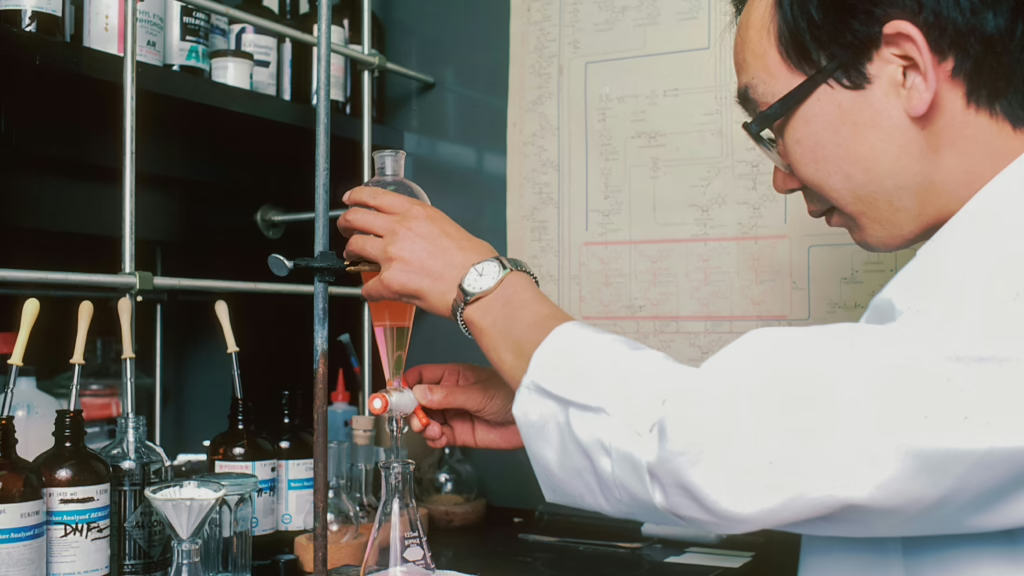The future of medicine is being rewritten through the revolutionary field of regenerative medicine. As we move into 2025, this active field of science is promising renewed hope for recovery and healing by tapping into the body’s inherent capacity to heal itself. With improvements in stem cell therapy, tissue engineering, and other healing technologies, regenerative medicine is turning the tide away from treatment towards actual restoration.
This strategy isn’t merely symptom management—it’s about replacing or regenerating human cells, tissues, and even organs to restore normal function. From fixing damaged cartilage to regenerating heart tissue following a cardiac event, regenerative methods are making what was once impossible, possible.
Core Areas Driving Regenerative Medicine in 2025
The industry is changing fast with significant breakthroughs, particularly in these core areas:

- Stem Cell Therapy: Stem cells, which have the potential to differentiate into different cell types, are now being utilized to repair injured tissue in disorders such as spinal cord injuries, Parkinson’s disease, and type 1 diabetes.
- Tissue Engineering: Combining biology, engineering, and materials science, this method produces tissue- and organ-like constructs in the lab that can be implanted to restore function.
- Gene Editing & CRISPR: Highly precise gene editing technologies are now making it possible to correct genetic diseases at the root.
- 3D Bioprinting: Bioprinters are creating scaffolds and even organ-like structures tailored for specific patients.
- Exosome Therapies: Cell-derived vesicles that facilitate cell communication are being investigated for their potential to regenerate in wound healing and immune modulation.
Benefits of Regenerative Approaches
Unlike conventional medicine, which tends to manage symptoms or halt progression, regenerative therapies repair or replace diseased cells and tissues, resulting in lasting recovery.
Most important benefits are:
- Less dependence on lifelong drugs or major surgeries
- Enhanced quality of life and recovery time
- Individualized therapies based on the patient’s biology
- Less chance of rejection in transplants with autologous (self-derived) cells
- Increased number of treatment options for previously incurable diseases
Real-World Impact on Patient Care
Patients with chronic disorders such as osteoarthritis, degenerative disc disease, or heart failure are already reaping the rewards of regenerative medicine. The therapies are bringing new mobility, reduced pain, and decreased reliance on drug therapies.
In addition, in reconstructive surgery and trauma therapy, tissue engineering is restoring form and function with unprecedented accuracy. Burn patients, for instance, might be given bioengineered skin grafts that blend perfectly with native tissue.
Looking Ahead: Medical Innovation in Regenerative Medicine in the Future
By 2025, excitement around medical innovation in regenerative medicine is just gaining speed. Clinical trials are broadening, regulatory systems are evolving, and biotech venture capital is spurring fast-paced commercialization.
What’s to come:
- Whole organs regenerated to transplant
- Inversion of neurodegenerative disease
- Personalized implants made by biofabrication
- Enlarged deployment of AI in predicting outcomes and directing therapy strategy
As science presses on to continually push boundaries, regenerative medicine is at the vanguard of healing—not just enhancing lives, but fully restoring them.
Saksham Kaushik is a talented writer and knowledge seeker who enjoys studying and sharing knowledge on everyday happenings, trends, and interesting facts. With keen observation skills and a curiosity-based approach, He analyzes heavy subjects into simple-to-read articles, keeping readers updated and interested. From international updates to technology breakthroughs, lifestyle suggestions, and food for thought, Saksham Kaushik provides new insights and useful information every day.




